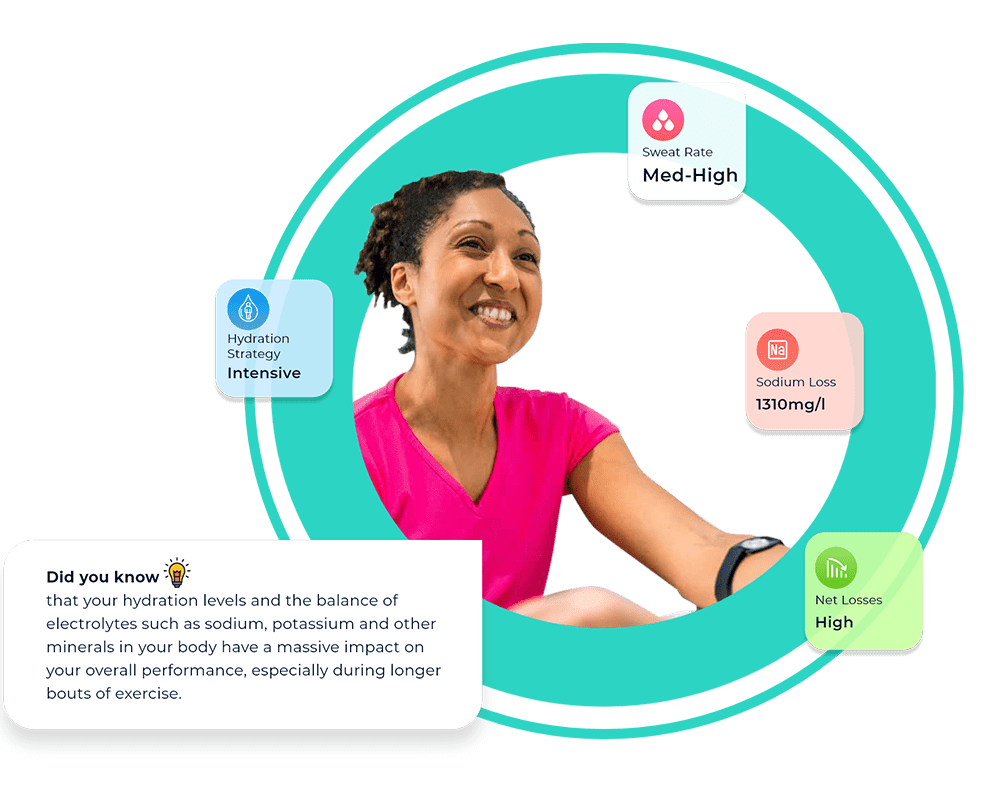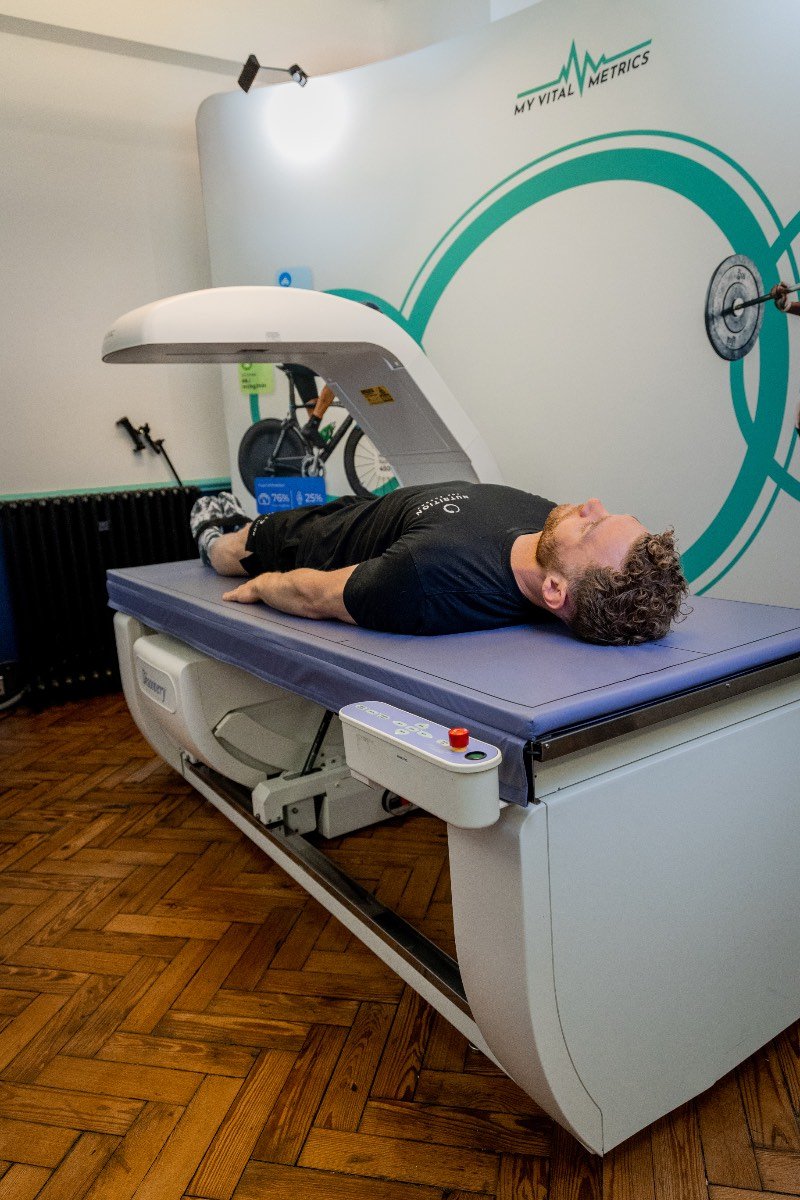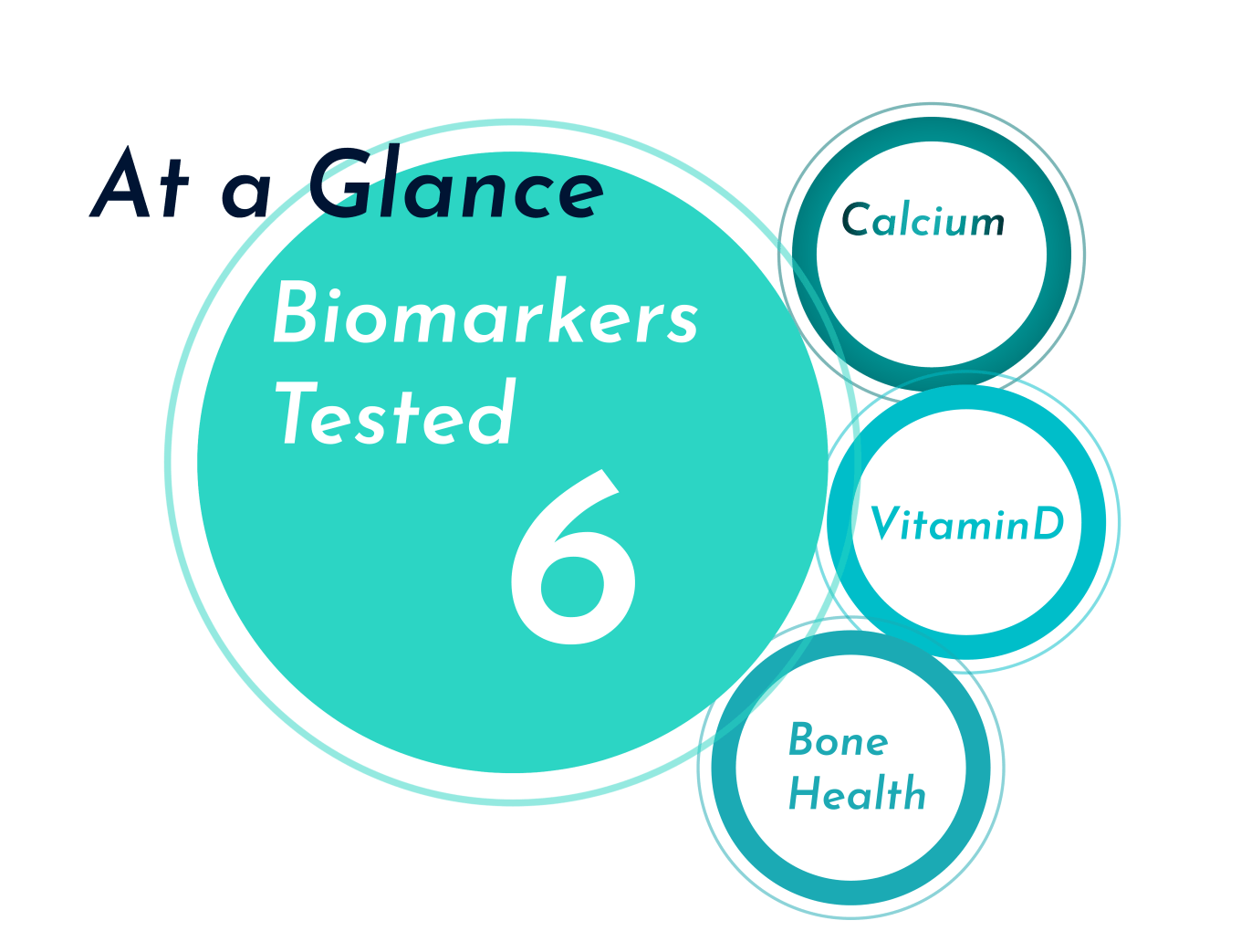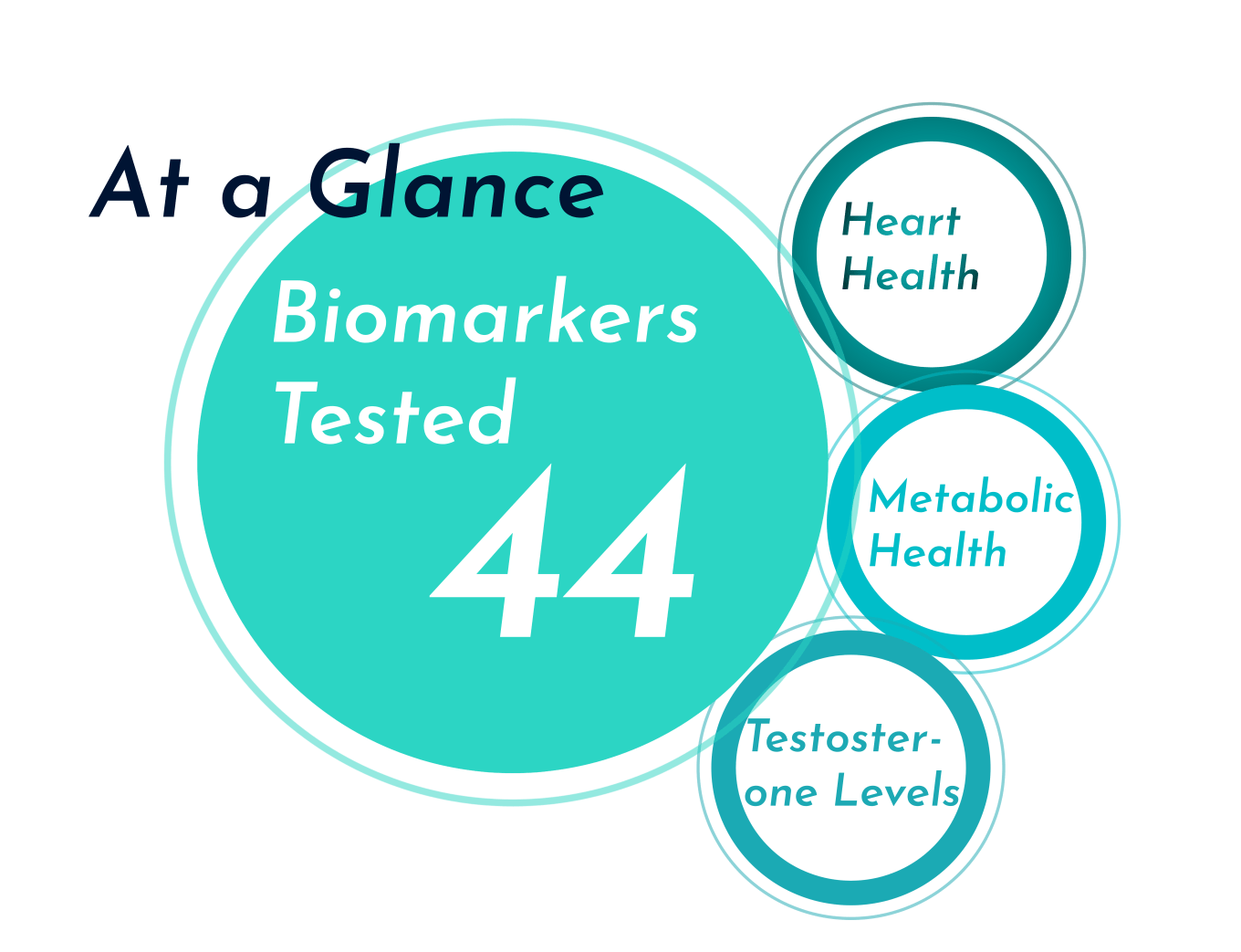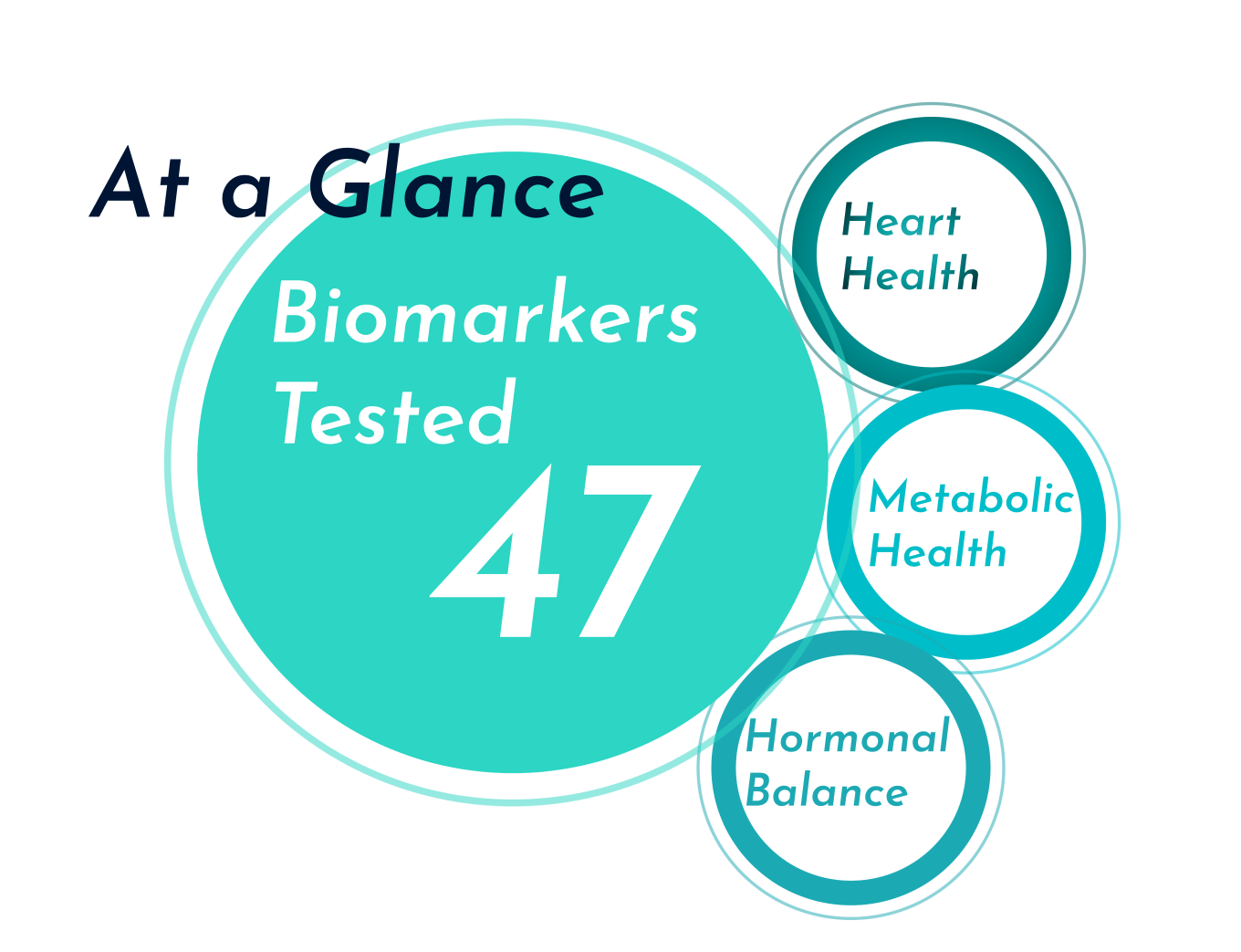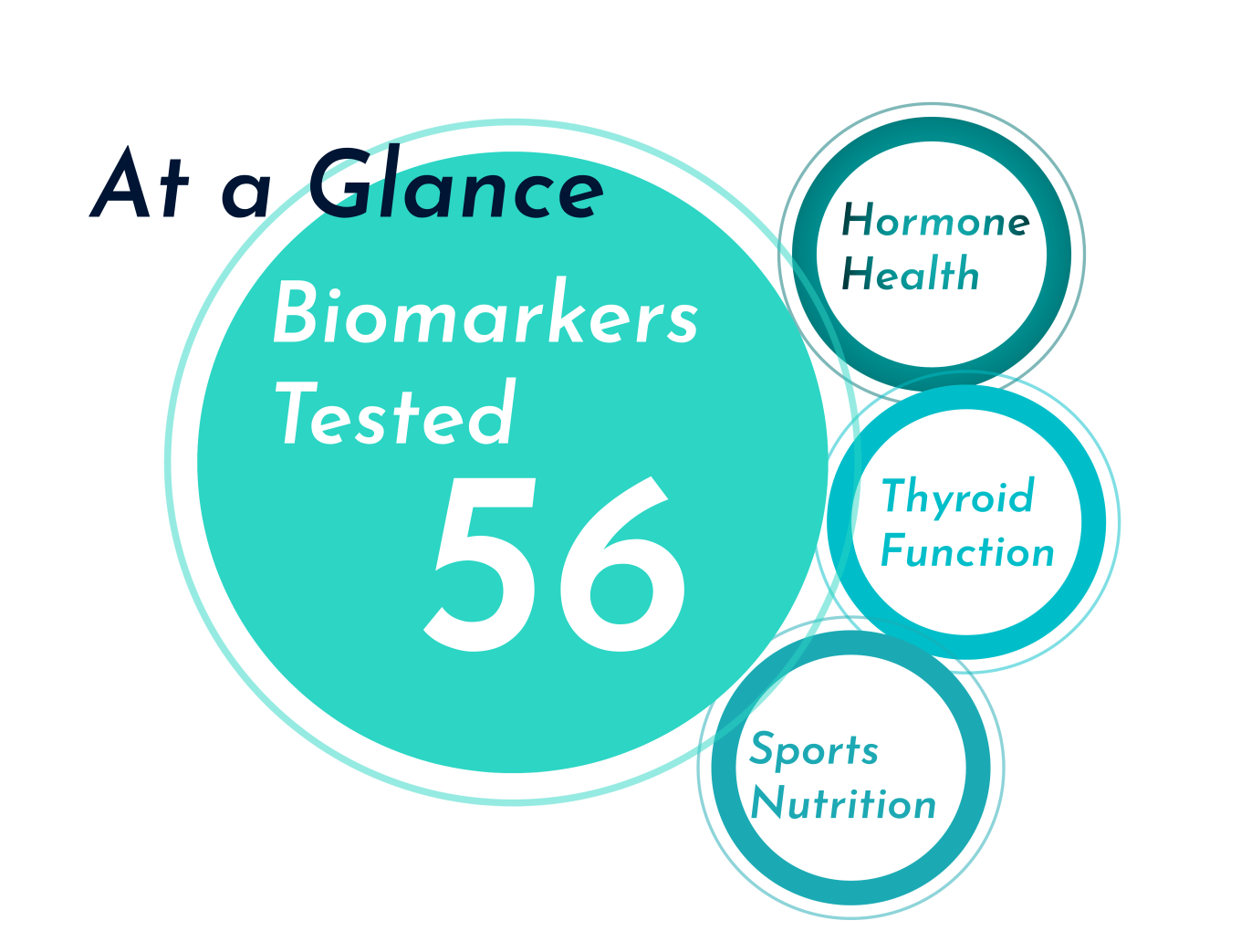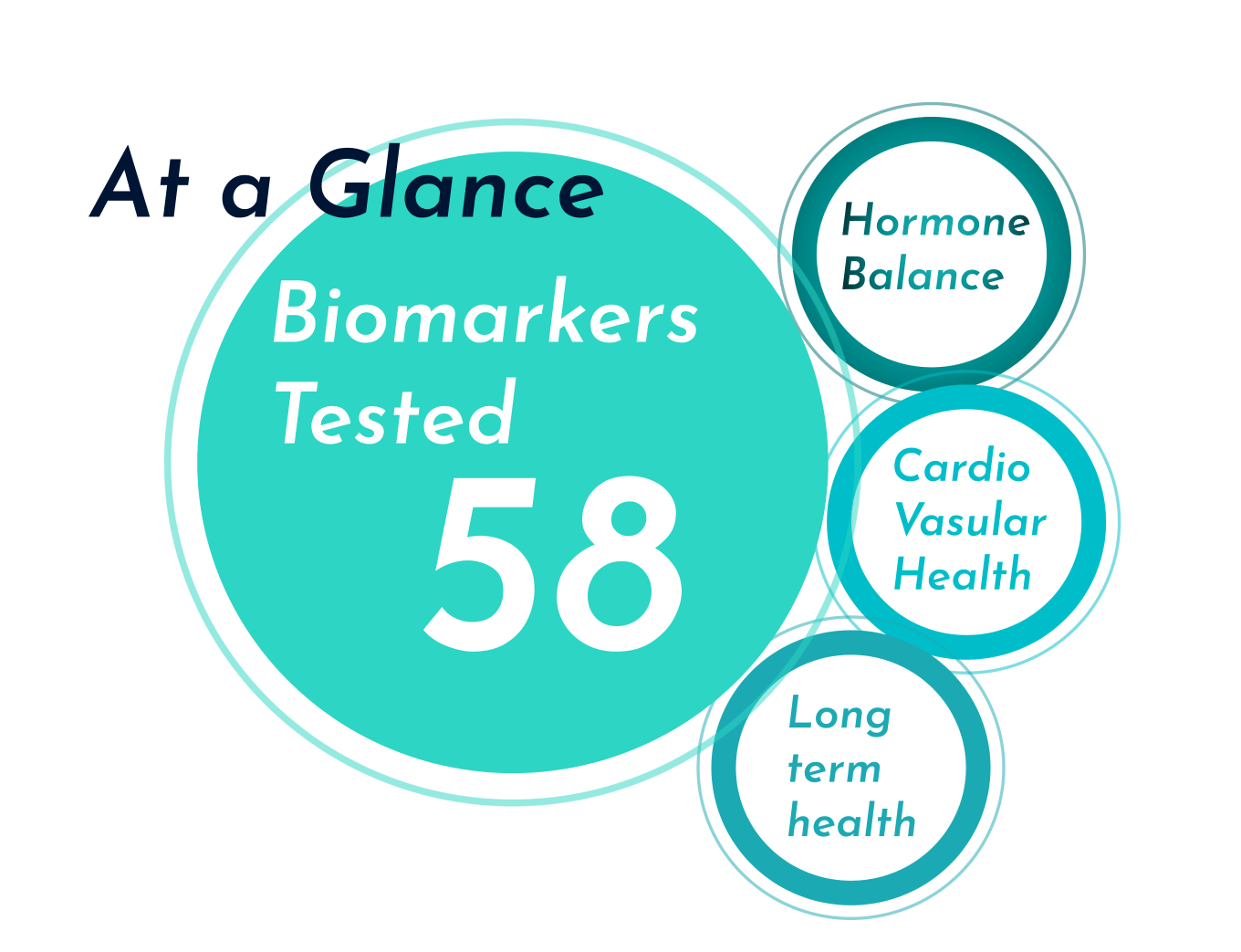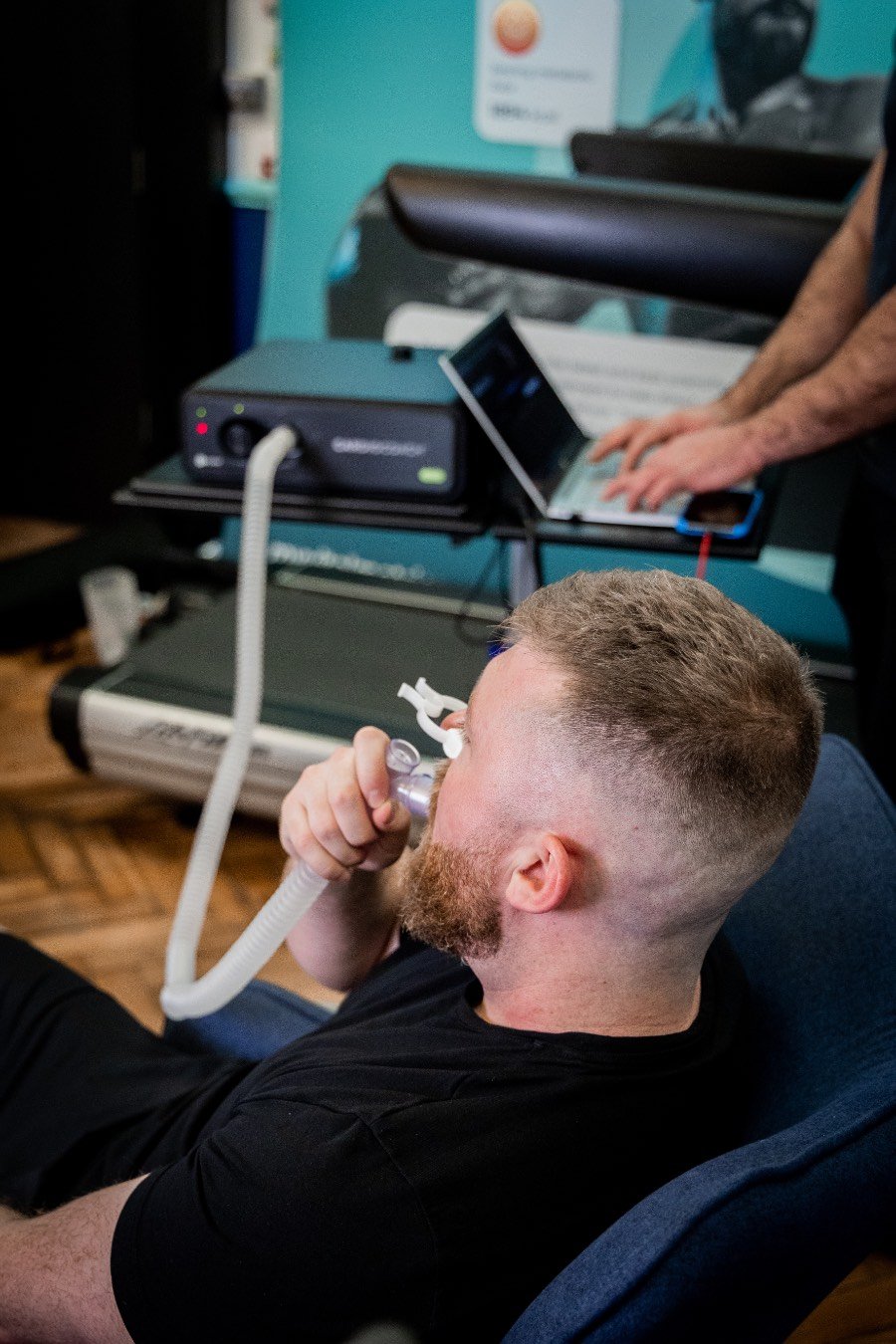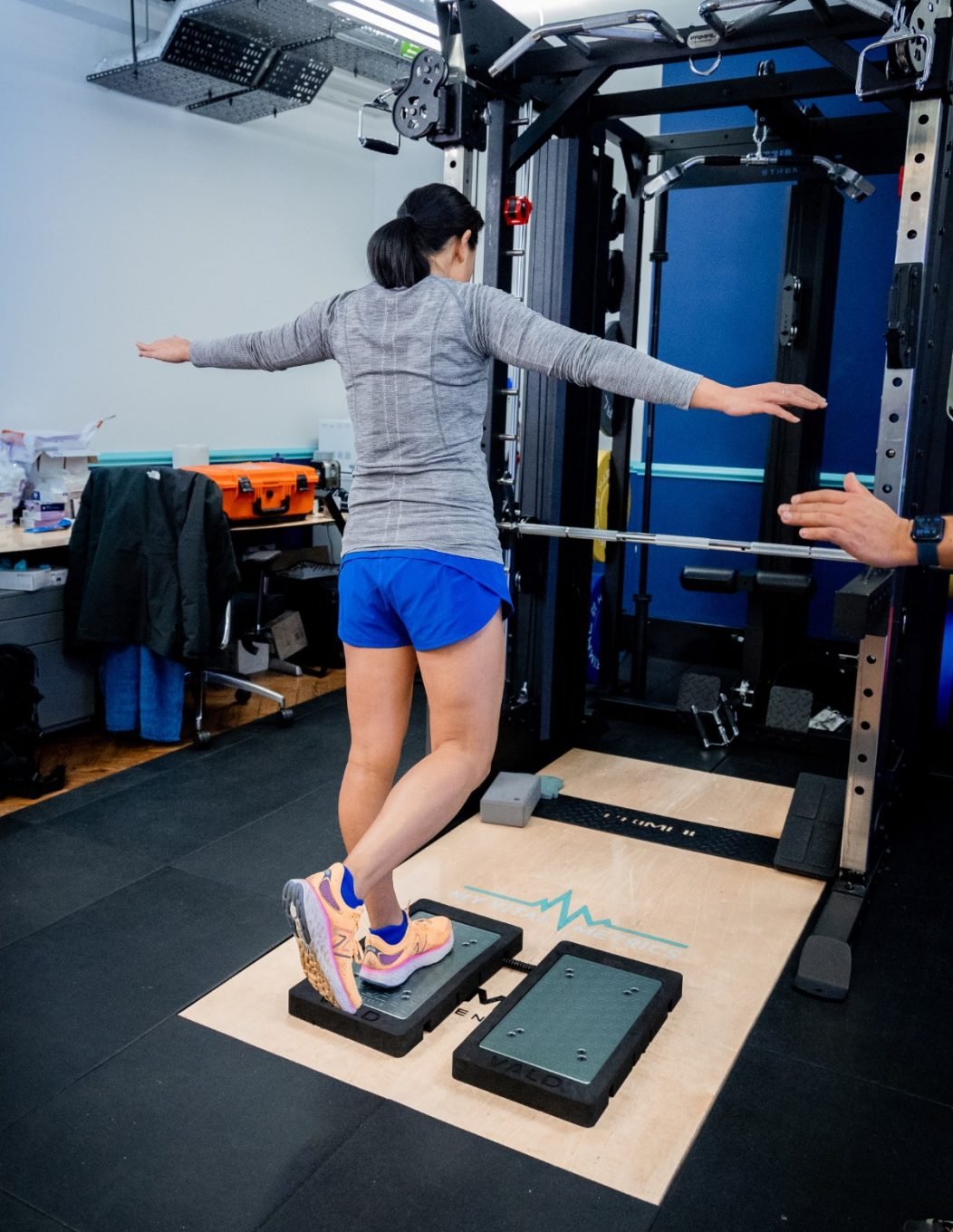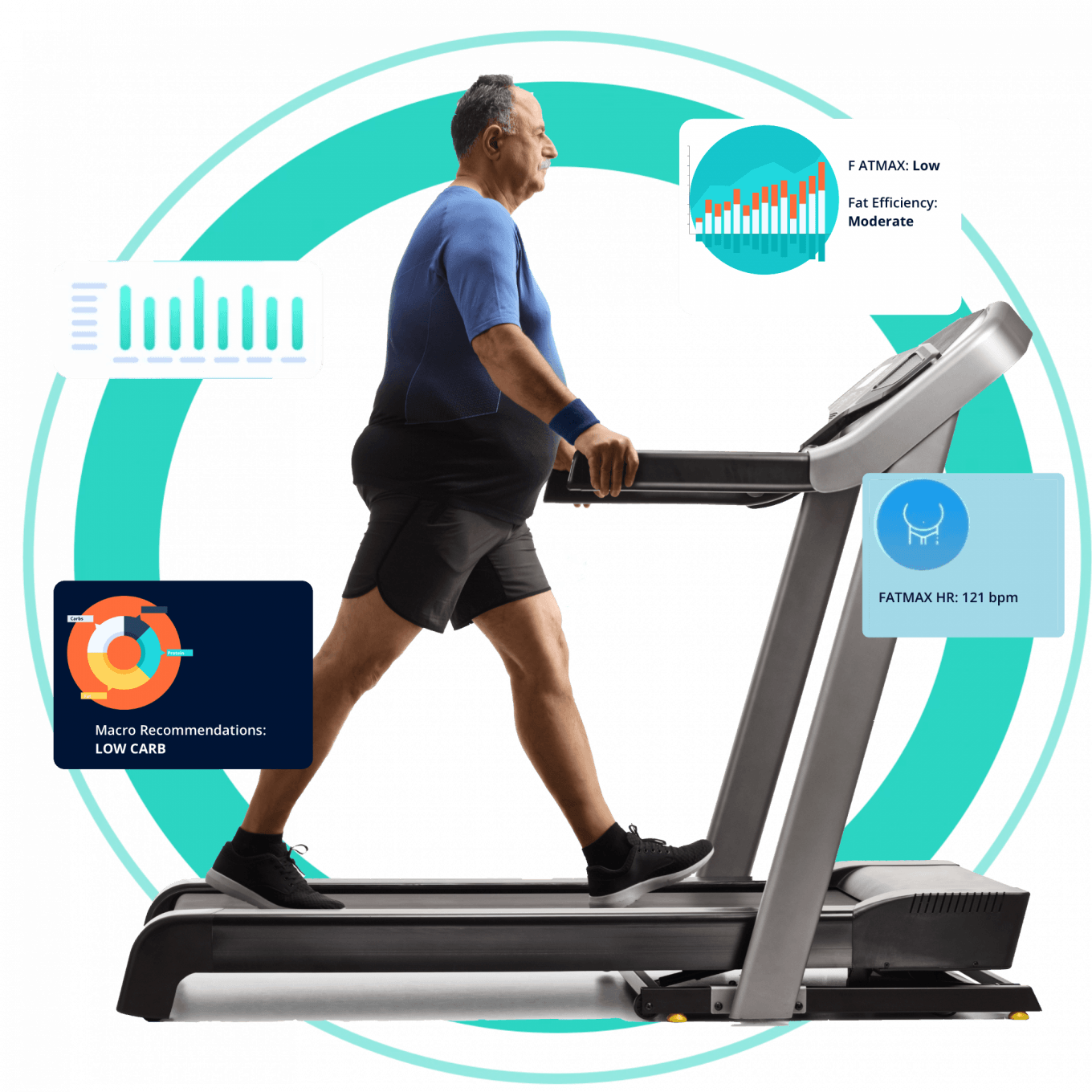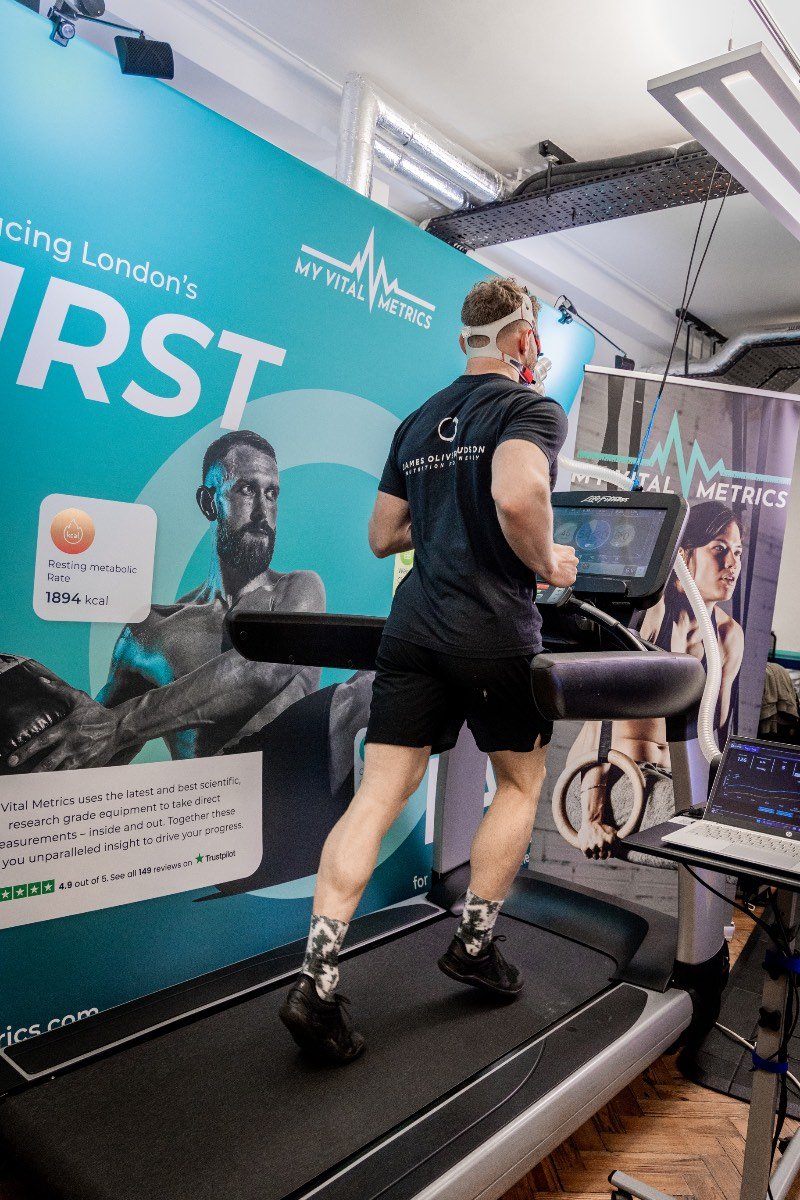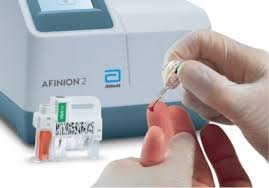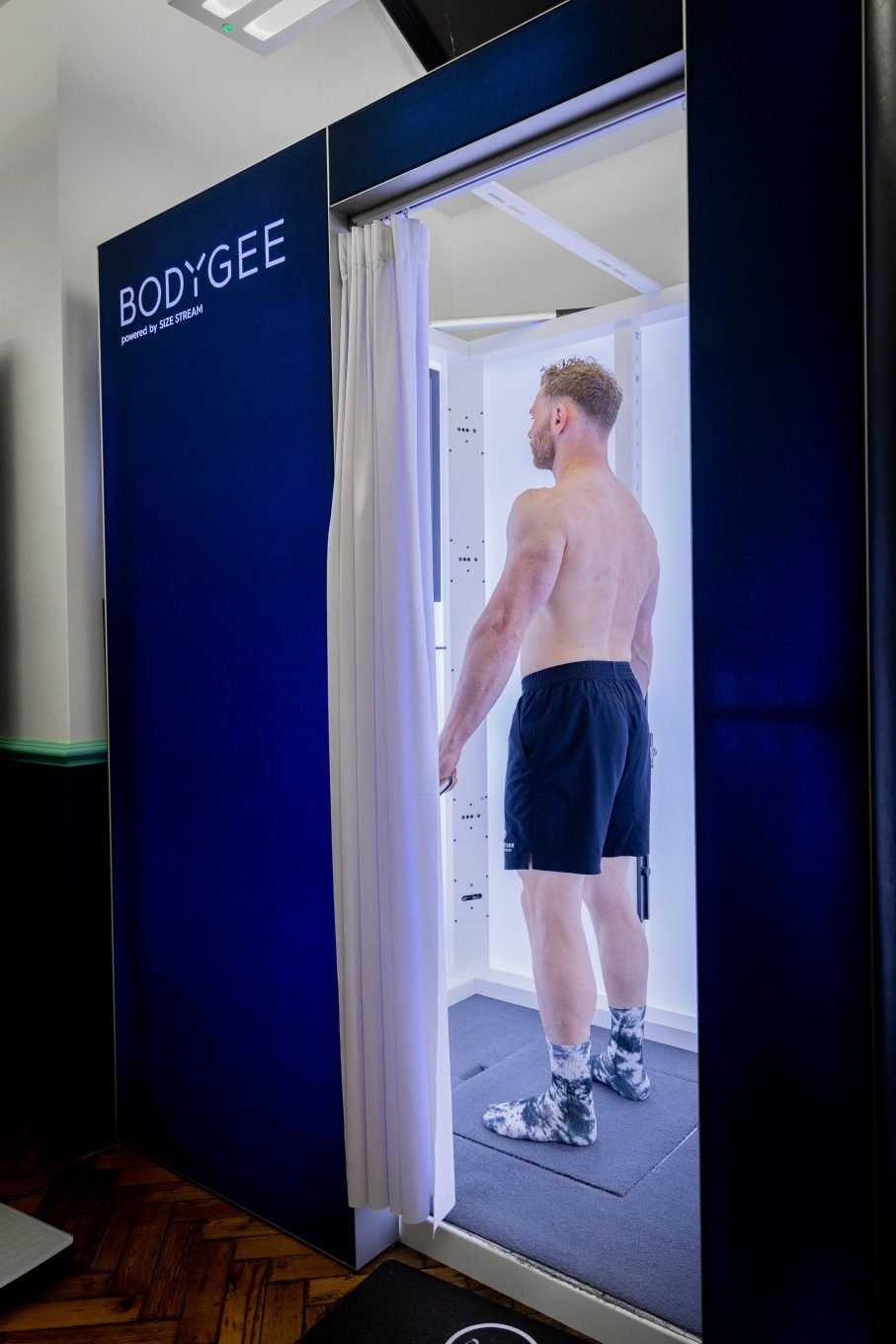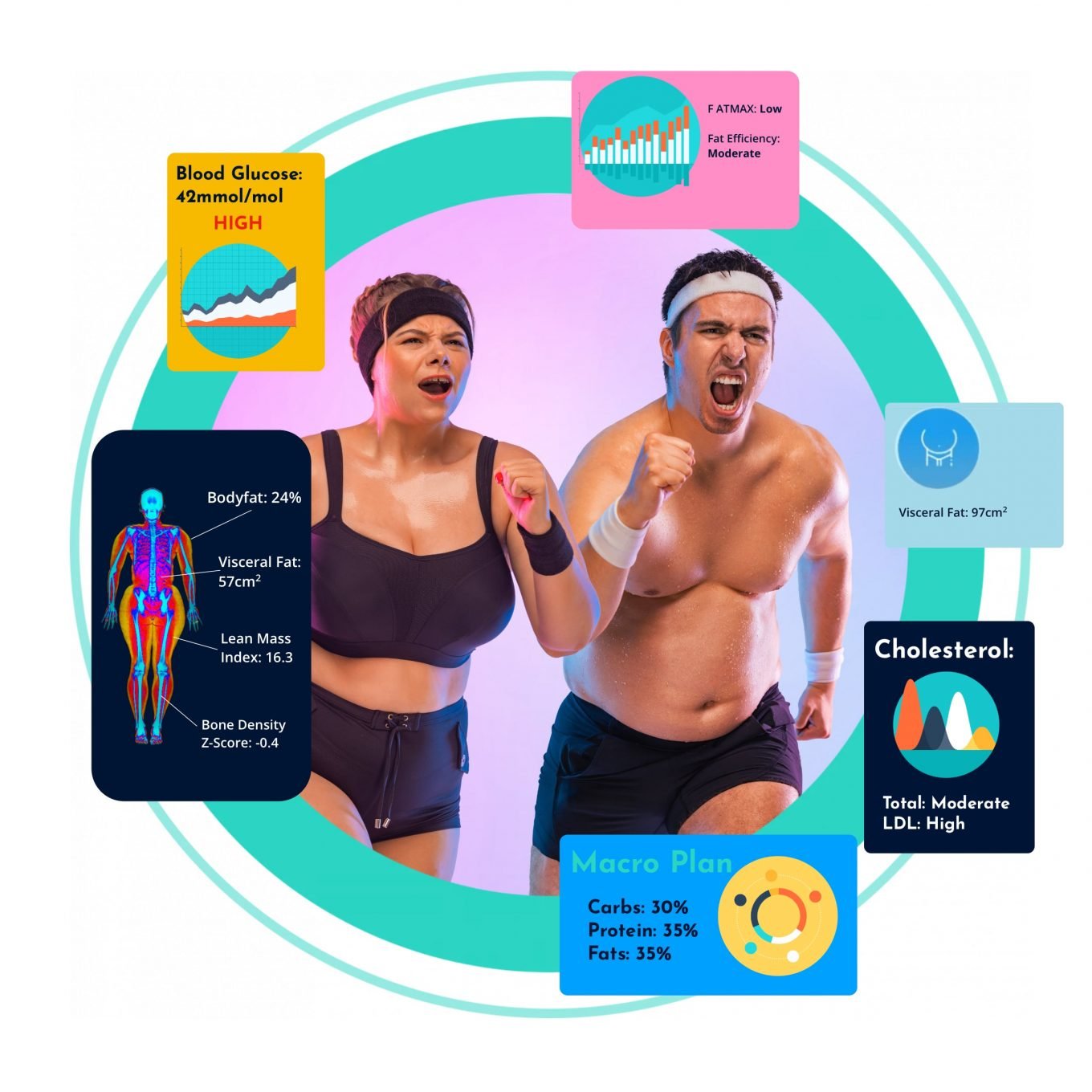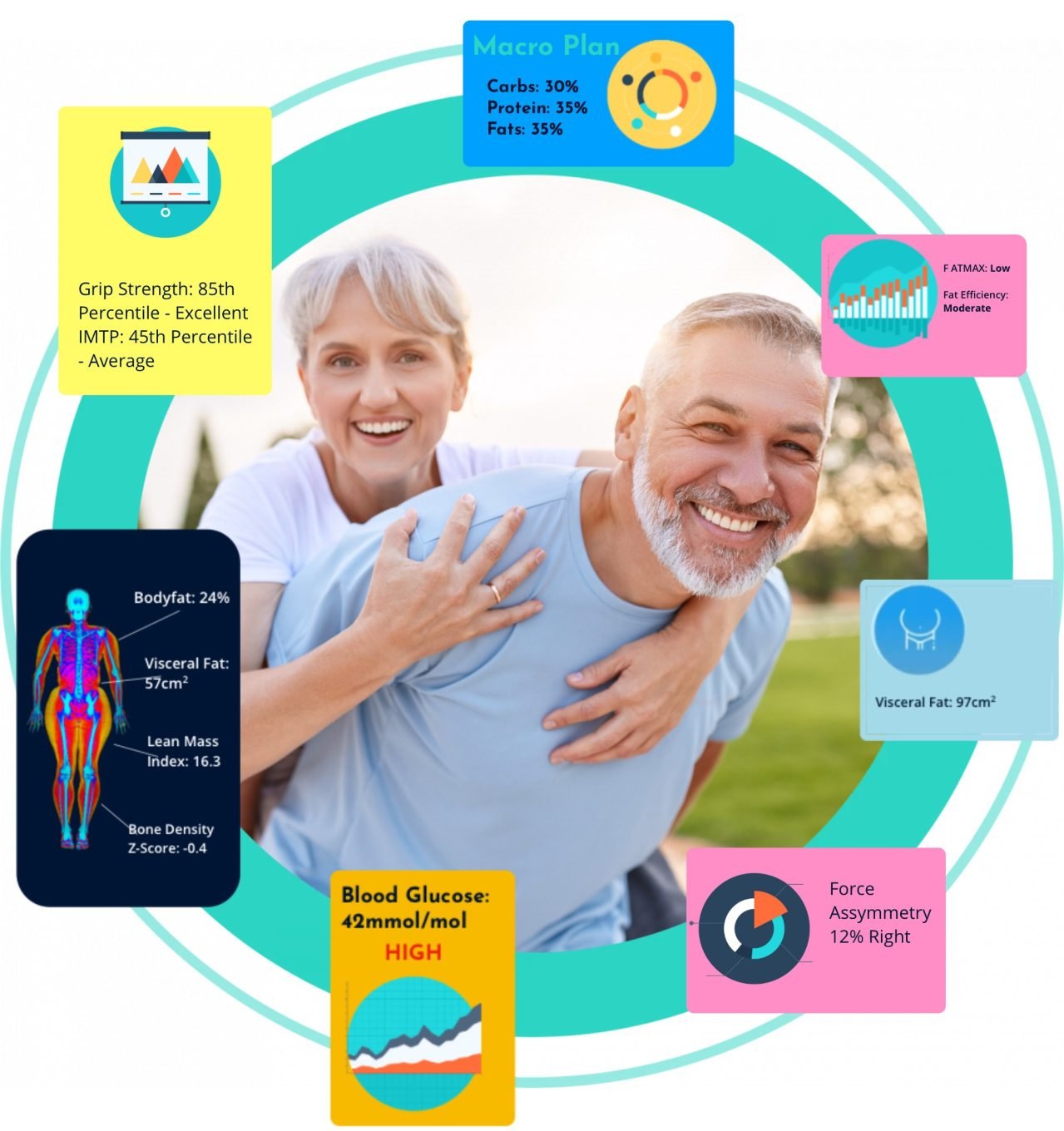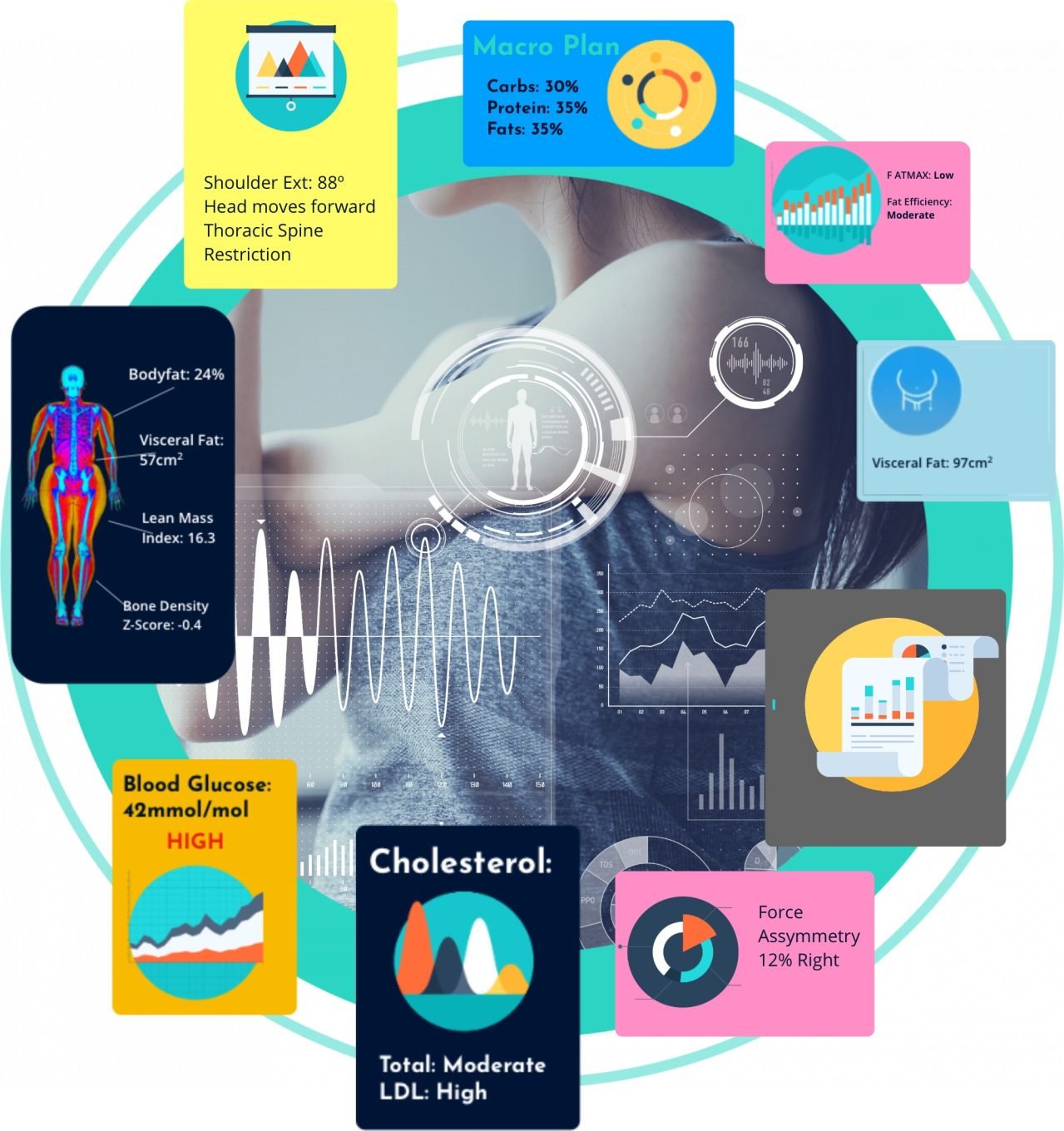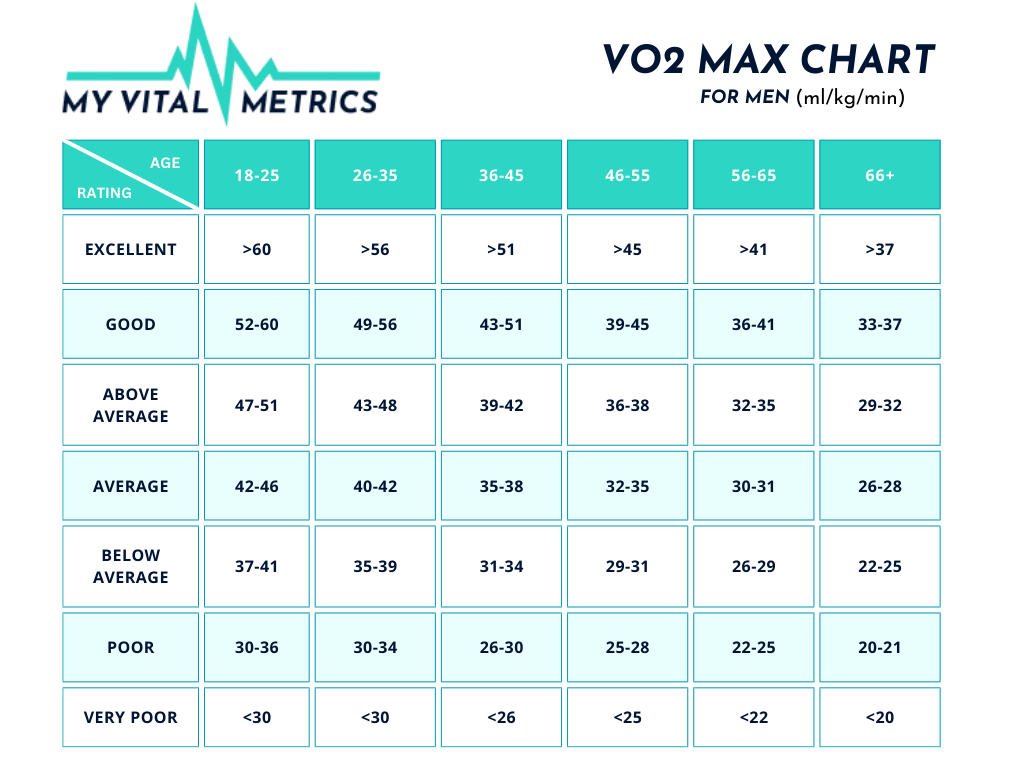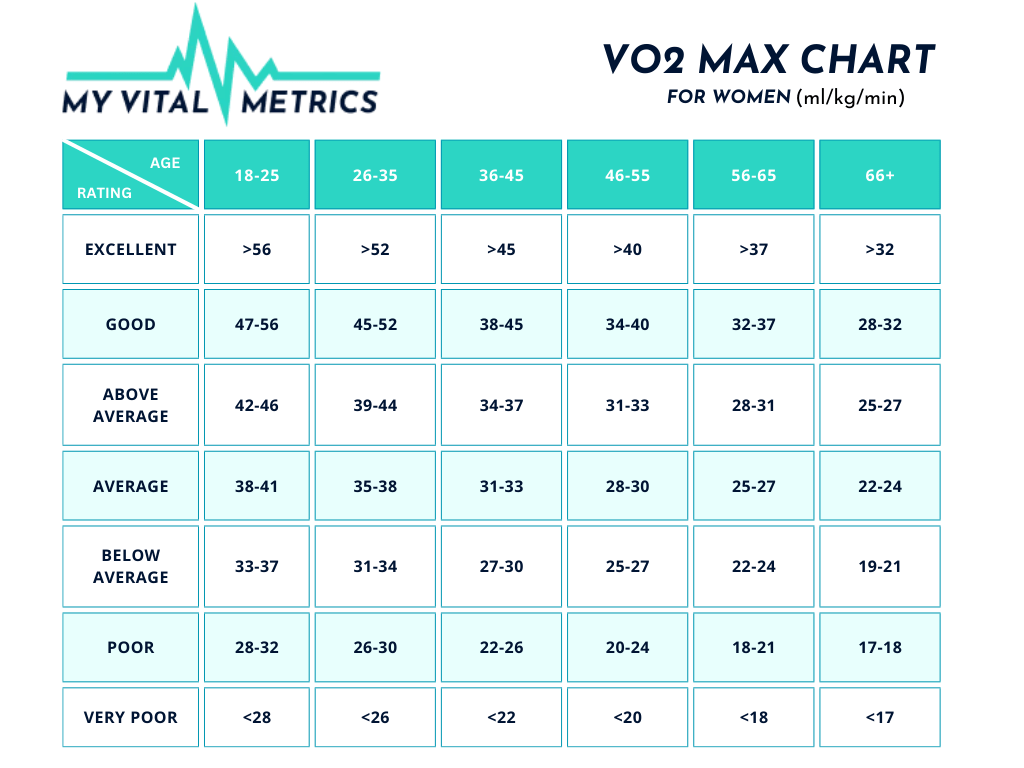VO2 Max is a great overall measure of cardiovascular fitness and efficiency. Knowing your VO2 Max can be a great way to assess your overall fitness and start improving your sports performance.
In this article, we’ll take a look at what VO2 Max is, why it matters, and how you can improve your VO2 Max and build aerobic endurance.
What is VO2 Max, and why does it matter?
VO2 Max is a measure of how much oxygen you use while exercising. A VO2 Max test can tell you how efficiently your body makes use of oxygen – this is known as your aerobic capacity.
VO2 max defined
VO2 Max stands for the maximum (Max) volume (V) of oxygen (O2) your body can process during intense exercise. VO2 max is typically measured in millilitres of oxygen per kilogram of bodyweight per minute – for example, a VO2 Max of 44 mL/kg/min.
While it can sound complicated, VO2 Max is essentially measuring how well your body can make use of oxygen while you exercise. VO2 Max is correlated with cardiorespiratory fitness, functional capacity, and overall longevity, making it a great catch-all metric for understanding our overall health and fitness.
Why is VO2 Max important?
VO2 Max is a strong predictor of all-cause mortality and closely linked to longevity.
A higher VO2 Max indicates the efficiency with which your heart pumps oxygenated blood to your muscles, and the amount of oxygen your muscles are able to uptake from your bloodstream. This makes VO2 Max an excellent measure of overall cardiovascular fitness.
Cardiovascular fitness is related to a range of health benefits, including:
- An increased lifespan
- Reduced risk of stroke
- Reduced risk of heart disease
- Reduced risk of diabetes
- Better sleep quality
- Improved mood
- Reduced risk of certain cancers
As the gold-standard measurement of cardiovascular fitness and aerobic endurance, the VO2 Max is also an incredibly relevant metric for athletes looking to maximise their sports performance.
How is VO2 Max measured?
VO2 Max can be measured in a sports lab or specialist setting. A professional VO2 Max test takes approximately 20 minutes to complete and is carried out on a treadmill or stationary bike – whichever you’re more comfortable with.
Before the test, a face mask is fitted – this will measure your oxygen intake and carbon dioxide output while you exercise. Once you’re ready, you’ll perform a graded exercise test that builds in intensity. You will continue the test until you reach the point at which even if you increase the intensity, your body cannot take on any more oxygen. This is known as your VO2 Max.
Can a watch measure VO2 Max?
Many smart watches on the market claim to be able to measure your VO2 Max – Garmin, Fitbit, and the Apple Watch included.
But can a smart watch really measure VO2 Max?
The short answer is no. A watch can’t measure your oxygen intake – a requirement to calculate your VO2 Max. Measuring oxygen consumption is typically done using an oxygen mask, as used in a lab-based VO2 Max test.
While a smart watch can measure metrics such as your heart rate, it can’t measure your VO2 Max – the number you see is an estimate of your VO2 Max, not an actual measurement.
For example, Garmin uses a combination of metrics – including your pace and heart rate during exercise, weight, gender, age, heart rate variability, and resting heart rate – to calculate an estimate of your VO2 Max. Garmin, like all the other fitness tracker companies, will have a proprietary set of algorithms to try to correlate these figures. While they do collect these figures – usually calculated in their own labs where they tested the VO2 Max of some participants – these companies consider this information a trade secret. This makes it incredibly hard to understand the process of how they come to get these figures, or exactly how closely they correlate to a lab-based VO2 Max measurement.
The accuracy of the figure on your watch will also depend on how alike you are to the test subjects in the fitness tracker’s lab. Unfortunately, as these companies largely don’t release that information, we don’t know how close you actually are – or how accurate your fitness tracker is.
We can see this play out in a small study that compared the VO2 Max of 23 runners as calculated by the Garmin Forerunner 245 and gold-standard lab equipment. The study found that the Garmin watch was off by approximately 5.7%. Plus, the watch was more accurate for some runners than for others!
While a smart watch can’t directly measure your VO2 Max, using the VO2 Max function on your watch may be a good way to track trends in your VO2 Max, even if the figure isn’t 100% accurate. What’s more, if you’re able to “calibrate” your watch by having a professional VO2 Max test, these trends will have a solid basis.
What is a good VO2 Max?
A “good” VO2 Max will depend on your age and sex – there is no one-size-fits-all VO2 max score.
The American College of Sports Medicine (ACSM) has detailed guidelines on VO2 Max results by age and sex, which you can view in full here. It’s important to note that VO2 Max naturally decreases as we age, at a rate of approximately 10% every ten years after the age of 20, and by up to 15% every decade after the age of 50.
For an overview, you can assess your VO2 Max using the following VO2 Max charts:
